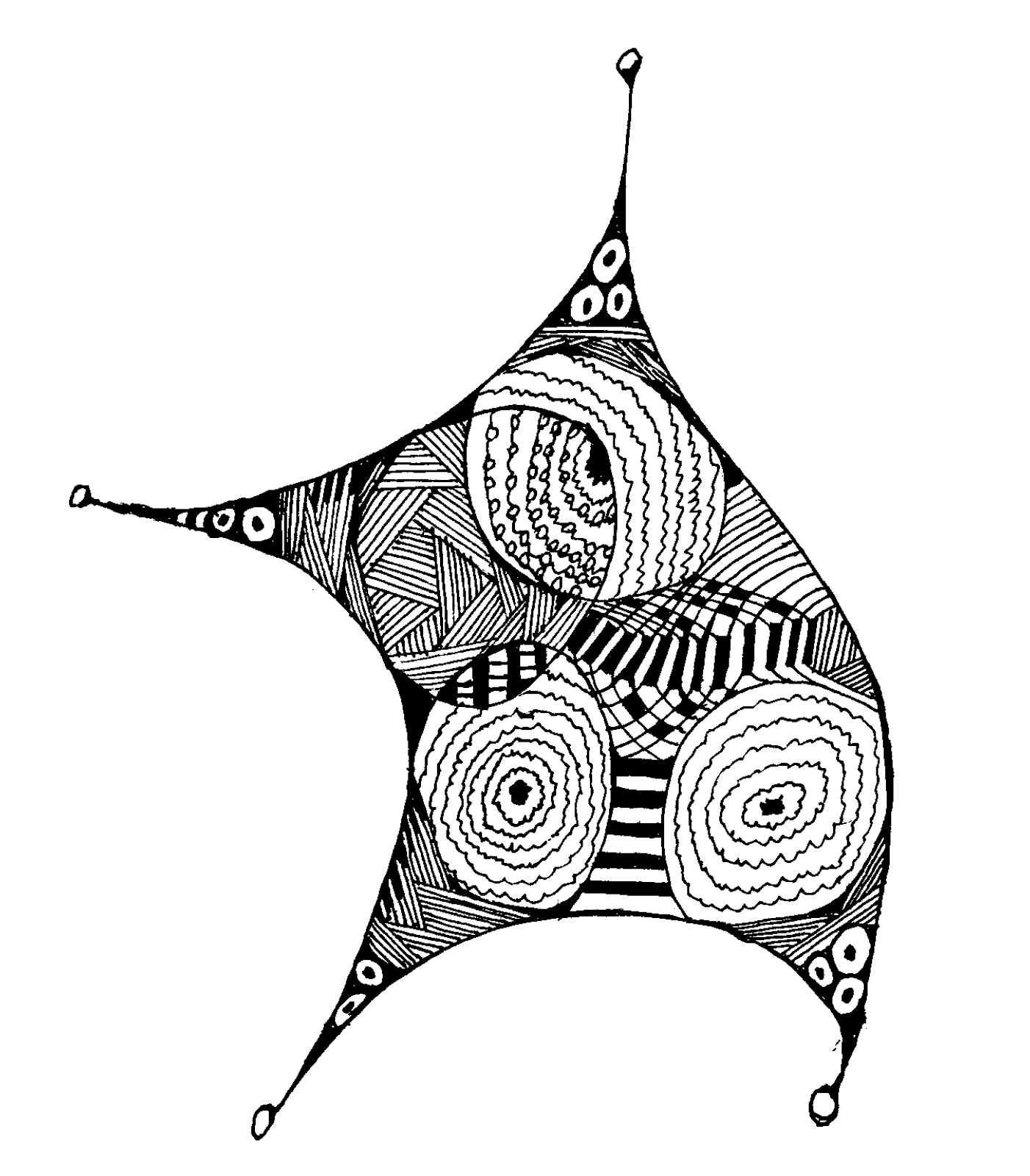Writing with AI is a complex skill that overlaps with traditional manual writing, but it is not the same. Many instructors struggle to grasp this new skill because it is unfamiliar to them. Teaching something you haven't mastered is challenging, leading to noticeable unease at all educational levels. Even those eager to incorporate AI in teaching, often open to new innovations, face this difficulty. The issue essentially lies in redefining the objectives of writing instruction. If the belief is that students should ultimately write independently, then traditional practice is paramount, leaving no role for AI tools. However, the more challenging conceptual shift is recognizing the need to teach students how to write with AI. This is like the transition from penmanship to typing. We lose something in this shift: the beauty, the discipline, and the rigorous exercises of handwriting. I recall diligently practicing letter formations in my first-grade penmanship class. Although I was never adept at it and gladly transitioned to typewriters when they became accessible, I understand the pain of losing the esteemed art of writing, cherished for centuries. This pain, particularly acute for those who have spent decades mastering and teaching writing, must be acknowledged. Yet, this shift seems inevitable. We are dealing with a technology that is being adopted faster than any in history, and it is not a passing fad. The benefits are too clear. We face a stark paradox: educators use AI to create lesson plans and assessment rubrics, yet often bar their students from using the same technology. This is unsustainable and awkward.
As a profession, we are only taking the first steps in integrating AI into writing instruction. Here's another baby step: I revised Sacramento State University's Undergraduate Writing Portfolio Assessment criteria, considering the new skill of "wrating."
Writing Placement for Juniors Portfolio (WPJ)
5 - Exceptional Wraiter: Demonstrates mastery in "wraiting," producing AI-assisted compositions at a publishable level in their respective discipline. Showcases exceptional skill in generating rich, engaging prompts and collaboratively refining AI outputs. Exhibits a deep understanding of AI's strengths and limitations, skillfully navigating these in producing original, high-quality work.4 - Strong Wraiter: Effectively employs AI tools in "wraiting," producing texts of high quality that reflect a sophisticated understanding of AI's capabilities. Demonstrates the ability to create rich prompts and engage in the iterative process of refining AI-generated content. Shows a clear grasp of AI's strengths and limitations, using them to enhance original thinking and critical evaluation.
3 - Competent Wraiter: Demonstrates a solid understanding of "wraiting," using AI tools to assist in writing tasks. Capable of creating effective prompts and engaging in the process of refining AI outputs. Shows awareness of the strengths and limitations of AI in writing, but may require further guidance to fully exploit these in creating high-quality texts.
2 - Developing Wraiter: Beginning to understand the role of AI in "wraiting." Can generate basic AI-assisted texts but requires further instruction in creating effective prompts and refining outputs. Shows potential in understanding AI's strengths and limitations, but needs more practice to integrate these effectively in writing tasks.
1 - Emerging Wraiter: Early stages of grasping "wraiting." Struggles with effectively using AI tools, often producing clichéd, uninspired texts that lack human input and originality. Needs substantial guidance in understanding AI's capabilities, constructing prompts, and refining AI-generated content.
0 - Incomplete Portfolio: Portfolio does not demonstrate the basic competencies in "wraiting" or effective use of AI in writing tasks. Requires additional work to understand and skillfully employ AI tools in the writing process. What do you think?





